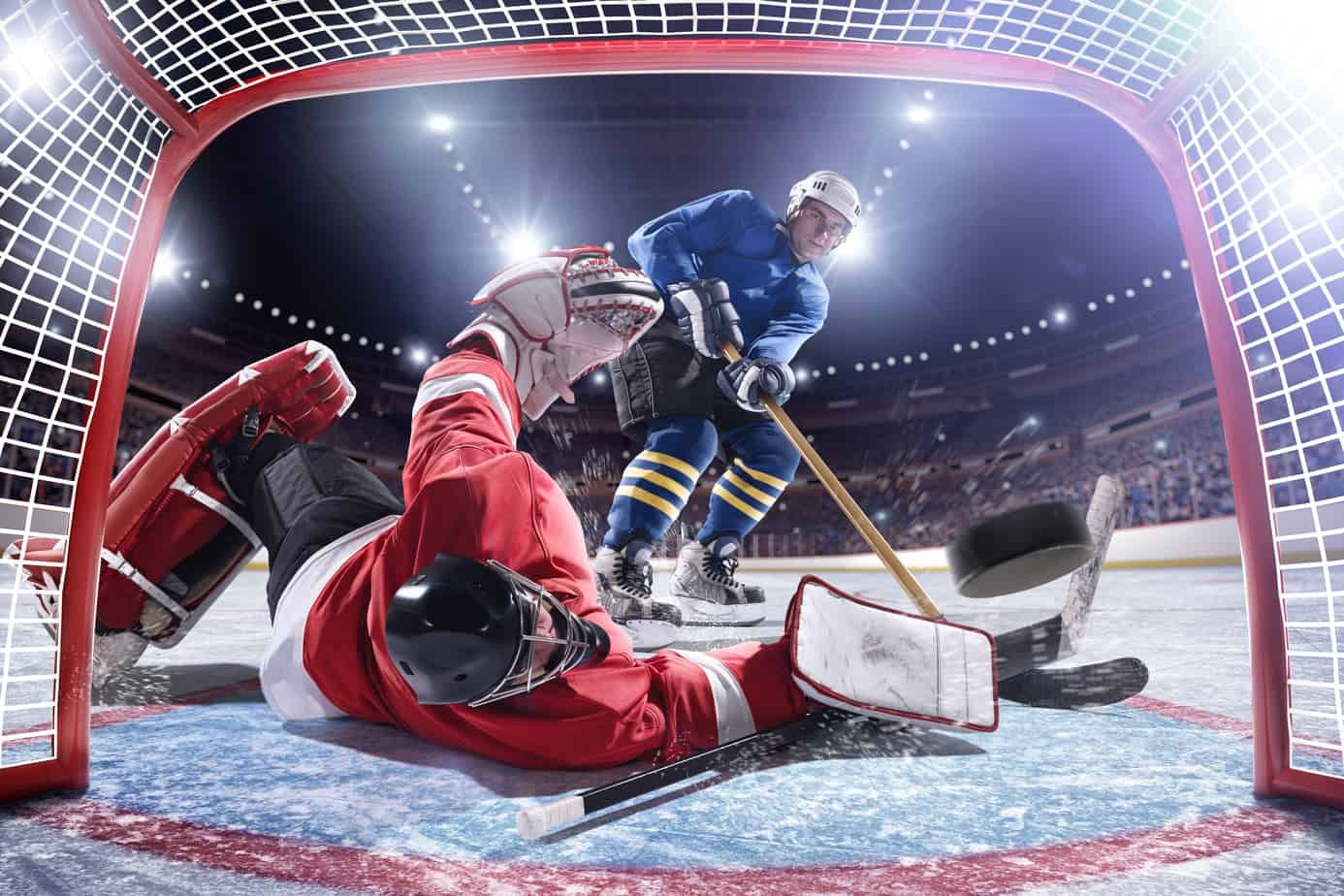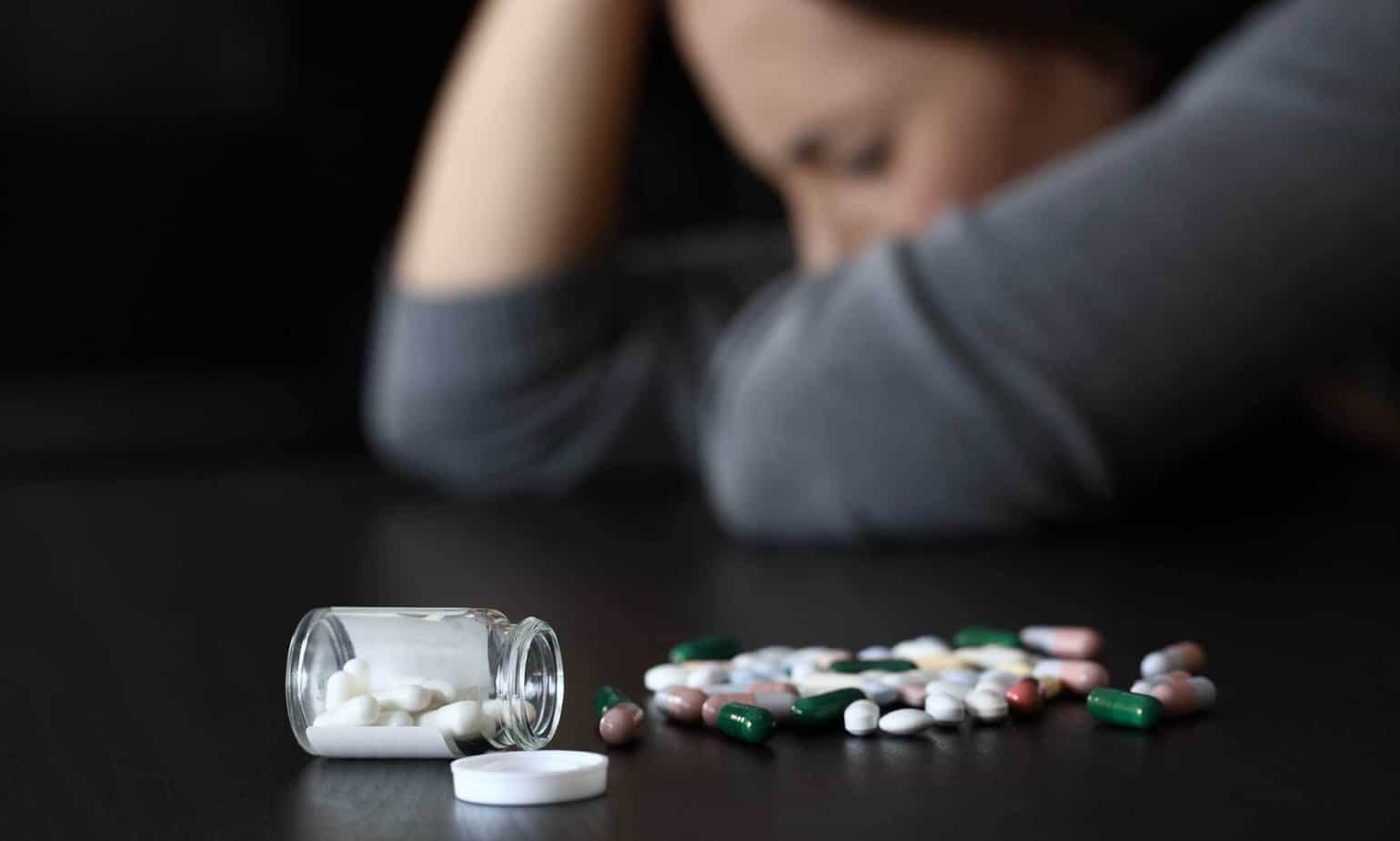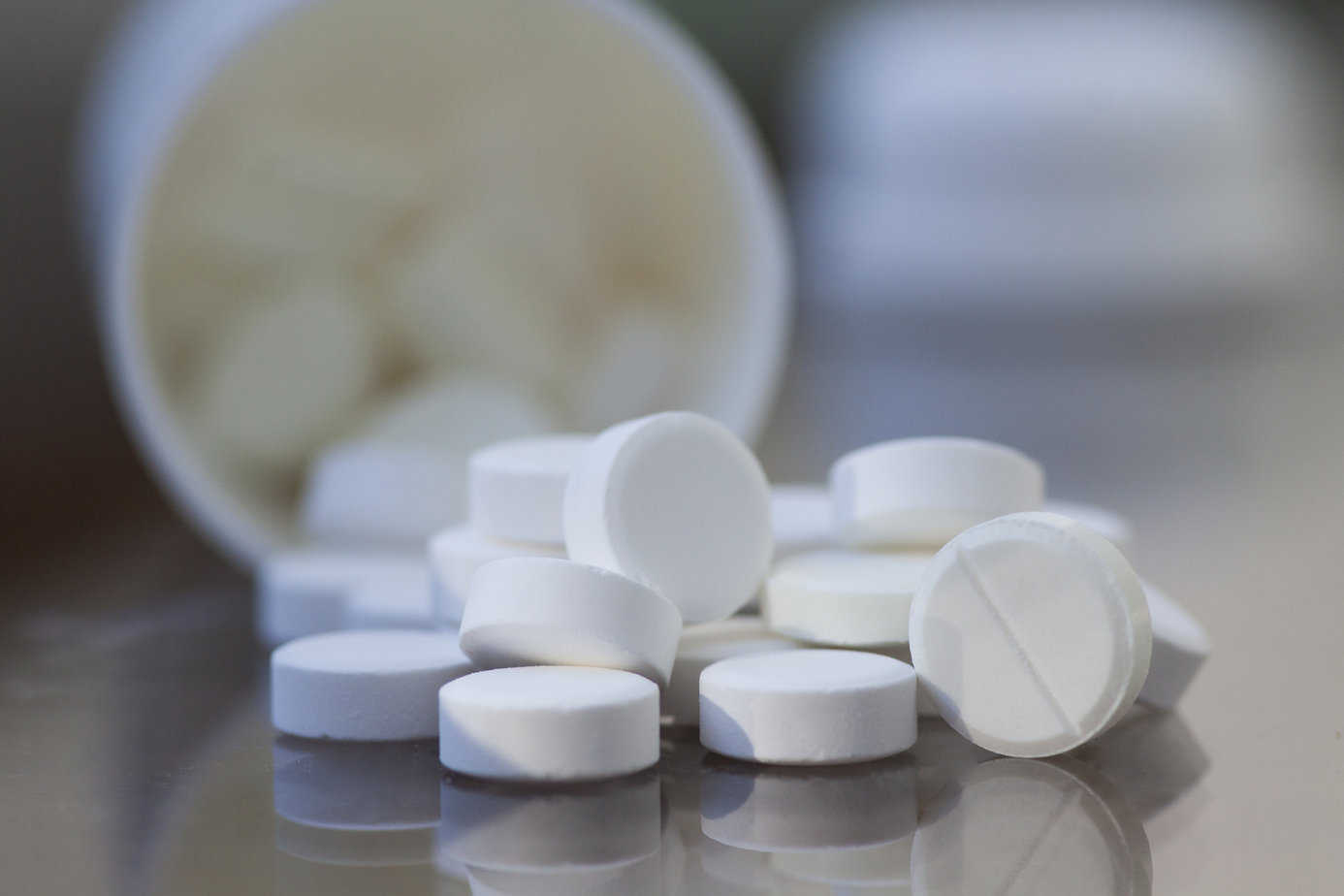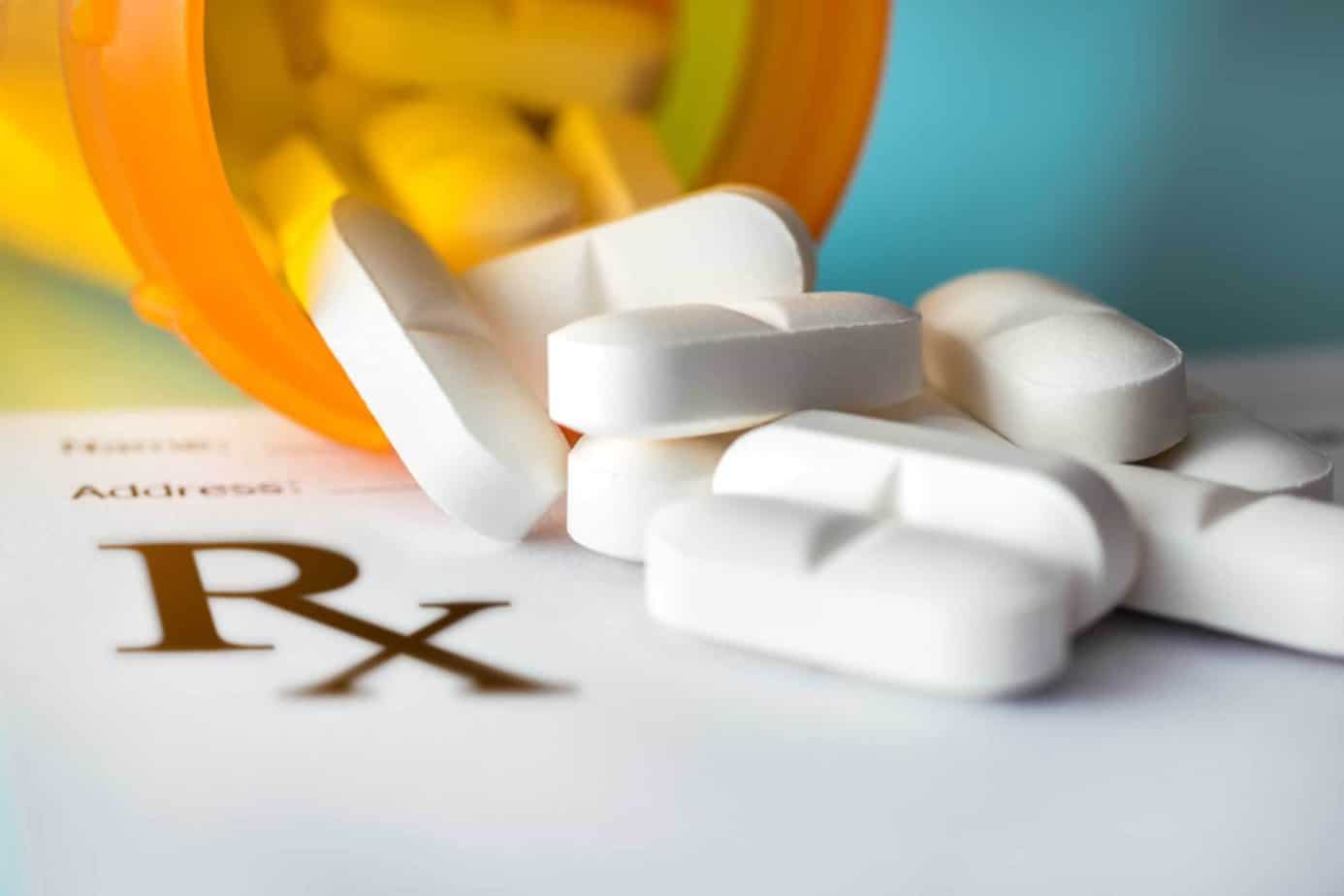With average National Hockey League (NHL) salaries close to 3 million dollars, hockey is a cutthroat sport with hundreds of new players lined up each year hoping to secure a spot in the big league. NHL athletes, like athletes in other close contact sports, expose themselves to injury risk each time they play. In order not to miss any games, many professional hockey players numb their pain by relying on drugs such as prescription painkillers. This dangerous habit often leads to addiction, and the NHL has come under scrutiny over the past decade for not doing enough to address the problem.
Why Do Athletes Start Using Substances?
NHL athletes are competing in a highly physical game. In three non-stop 20-minute sessions, players aggressively skate after a puck to score. They often collide into each other at 20 miles per hour and fistfights frequently occur. Muscle sprains, fractures, and broken bones are common as athletes get tossed around on the ice rink. It’s usually from the use of painkillers to heal an injury that the opioid abuse starts. Unlike athletes in other sports, hockey players rarely get breaks playing over 80 home and away games in a season. Whereas in the NFL, each team plays only 17 games a season. The limited opportunity for NHL athletes to rest and heal their bodies forces many of them to depend on painkillers, leading to a slippery slope of abuse.
When athletes sign a contract, they agree to the salary but also the inevitable stress that comes along with the job, especially maintaining it. Hockey players must constantly train in order to perform at their best each time they enter the rink. As all career athletes do, hockey players must juggle the pressures of a high-demand job with their personal health, relationships, and more. Recent studies show that up to 35% of elite athletes suffer from a mental health crisis, which could include anxiety, depression, burnout, and eating disorders. Poor mental health is a big reason athletes use substances, both prescription and illicit, to alleviate stress.
Why is it Difficult for Athletes to Stop Drug Abuse?
In most professional sports, not just hockey, athletes are under constant pressure to perform well. There are many people ready and willing to play. Contracts are very lucrative yet very rare. Those that do have contracts feel propelled to do whatever it takes to keep them. The situation creates a toxic culture of ignoring physical injuries and mental struggles.
“Tough Guy” Mentality
This culture drives pro hockey players to ignore their pain and continue playing at the expense of their health and emotional well-being. Hockey is one of the only sports that has a rule, Rule 46, that allows fighting to occur between players. Any players involved in the fight receive a five-minute penalty or timeout from the game. On top of normal wear and tear, hockey players’ potential for injury is heightened by Rule 46. Nonetheless, the athletes’ desire to succeed pushes them to “suck it up,” put on their game face, and continue playing.
In such a testosterone-fueled environment, admitting to needing help could be seen as “unmanly” or weak. Former Canucks player Ryan Kesler, endured a chronic hip injury for most of his career by relying on a painkiller called Toradol. Normally taken for only five days, Kesler used Toradol whenever his injury flared up to avoid letting down his teammates. He didn’t want to be labeled as the guy who “doesn’t battle through his injuries.” As a result of his repeated drug misuse, Kesler not only developed an addiction but also Crohn’s disease, an incurable bowel and digestive tract illness.
Party Culture
Similar to the environments in other professional sports, hockey is no different. One former NHL athlete, Justin Bourne recalls binge drinking, funneling beer, and pushing his buddies to go on week-long benders throughout his hockey career. This was just the norm and seeing who could down the most drinks in one night became a contest. However, Bourne quickly noticed that his habits were spiraling out of control.
Bourne also had to compete with the legacy of his NHL All-Star father, Bob Bourne, which likely fueled his alcohol abuse. Bob Bourne struggled with alcoholism which likely predisposed his son to his harmful relationship with alcohol. After going to rehab and getting sober, Justin reveals the hidden dangers of hockey and the lessons he learned on and off the ice rink in his book: “Down and Back: On Alcohol, Family, and a Life in Hockey.”
Lack of Substance Abuse Education
When professional athletes are suffering from pain, they put their full trust in their healthcare providers. Some NHL players, like Kesler, believe that the league valued earnings over player health. Not only do hockey teams not educate players enough about the dangers of certain medications, but they also overprescribed. Las Vegas Golden Knights player, Robin Lehner shared his distrust of medical staff in a tweet, “Is it common for workplaces to give out benzodiazepines to employees when they travel and Ambien? Should that not be done by doctors or psychiatrists? Asking for a friend.”
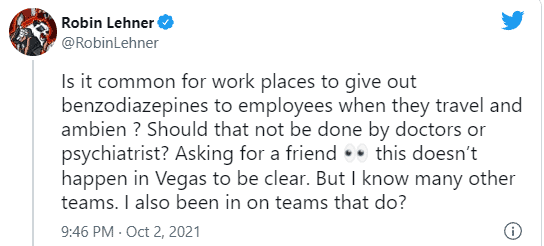
Pittsburg Penguins’ Tom Sestito replied, “the amount of vitamin T (Toradol) and Ambien I was given is insane. As the NHL is getting a lot younger these kids should know what they are walking into.”

Lehner and Sestito’s shared skepticism of the NHL raises some questions. Are there more players keeping silent who have had similar experiences? Are coaches responsible for distributing these opioid painkillers? Whatever the case, these NHL players were unaware of the risks of drug abuse right from the beginning. The combined overprescribing of and lack of education on painkillers raised, and continues to raise, the susceptibility of substance abuse among athletes.
Stigma Surrounding Addiction
Although there have been significant strides in the mental health and addiction field, a stigma still lingers throughout professional sports. In the NHL, hockey players might be worried that their drug abuse will be viewed as weak, displaying a lack of character, or selfishly letting down their team. Colorado Avalanche player Colin Wilson shared a powerful recovery story highlighting his substance use disorder and the stigma surrounding addiction, especially in sports.
For years, Wilson grappled with misusing Ambien, marijuana, and even cocaine. He didn’t reach out for a long time because he feared receiving backlash. This backlash could come from other teammates or fans who see addiction as a selfish choice – when in reality, it’s something nobody chooses to go through. After reflecting on his cocaine use, Wilson states that, “Cocaine is just one of those words that isn’t said. Not in offices or locker rooms. Not enough.” In fear of being labeled as a “junkie” or kicked off the team, many people would rather remain silent about their drug use. As a result, this lowers self-esteem and increases feelings of isolation. Now in recovery, Wilson is pursuing his psychology degree to help educate and support other struggling individuals.
How the NHL Can Better Fight Addiction
Hockey players often think they need to battle it out like a “man” or handle their addiction and mental health issues in private. The NHL Player’s Assistance Program (NHLPA) is one resource that supports hockey players and their families with drug abuse, but usually only steps in after the person has reached out for help with their addiction. The league should encourage NHL players to come forward earlier before a serious substance use disorder forms. Furthermore, educational resources should be available to help teach athletes about the risks of painkiller abuse.
Formed by the Vancouver Canucks, “Hockey Talks” is one program intended to create a positive atmosphere for both athletes and fans to speak out on social media about their addiction or mental health struggles. This is a push the NHL needs to keep the conversation going and encourage athletes to seek help. It has been one of the slower sports leagues to address addiction. Other professional leagues, like the NFL, have made progress in reducing stigma by requiring a mental health professional to be on the premises 8 to 12 hours a week.
Moving forward, the NHL should establish stricter drug testing policies so that they can proactively detect misuse before it turns into addiction. The “push through the pain” attitude created this problem for the NHL; education initiatives and athletes continuing to speak out can help reduce the stigma of addiction.
If you or a loved one is struggling with addiction, Mountainside can help.
Click here or call (888) 833-4676 to speak with one of our addiction treatment experts.

 By
By 